Physical Well Being Affects Pain Levels
A healthy diet and regular exercise are critical for our overall well-being. More specifically, medical professionals are beginning to realize how diet and exercise can benefit patients suffering from chronic pain conditions. Although the typical response to pain is to decrease activity, resting for an extended period of time may actually undermine healing and worsen pain. Regular exercise along with maintaining a healthy diet and body composition not only prevents the onset of spinal pathologies, but also impacts the perception of pain.
Running and Walking Benefit Spinal Health
Strengthen your spine with regular cardio activity. A recent study demonstrated that running is associated with healthier intervertebral disc (IVD) composition. IVDs are cushions between adjacent vertebrae that serve as the spine’s shock absorb system. Long distance runners and joggers have significantly more hydrated lumbar IVDs and contain more glycosaminoglycan, a major component of discs that promotes the retention of moisture. This suggests that regular exercise evokes a protective response against spinal degeneration (1).
Another study assessed the effect of intermittent walking breaks on low back pain. In this study, participants took a 5-minute walking break every 25 minutes within a two-hour period. 73% of these participants reported reduced low back pain with regular walking breaks. Additionally, walking helped promote lumbar flexibility and mobility (2).
If running or walking isn’t for you, many individuals who suffer from back pain enjoy a water workout rather than a normal land routine. Aqua-therapy has many benefits, including increasing blood supply to sore muscles and joints. Plus, being in water allows you to perform range of motion exercises that would be limited on land (3). No matter the exercise you choose, regular activity can help prevent and conquer pain.
Self-management Programs
There are many other aspects of health that impact the way we perceive pain. Certain programs are offered to patients that include multiple self-management techniques. For example, one study provided a program to chronic pain patients that addressed a variety of pain-related functions, including goal setting, exercise, stretching, mindfulness, sleep, hygiene and nutrition. These self-management techniques increased patient’s physical and cognitive function. Additionally, according to interviews with patients, the program may help reduce opioid consumption. The results of this study support the need for self-management programs to help chronic pain patients address their condition with more than just medications. The next step is making similar programs more broadly available (4).
Another study noted the impact of physical activity on mental health and perceived disability in patients suffering from low back pain. Patients underwent a general exercise program that combined muscular strength, flexibility, and aerobic fitness exercises. The program not only reduced pain, but also reduced patient’s perceived disability while improving psychological factors. A program that benefits both mental and physical health empowers patients with chronic pain. They realize that pain is a part of their lives, but it doesn’t necessarily have to limit them (5).
Body composition affects pain scores
Nutrition benefits body composition and Body Mass Index (BMI), both of which are correlated to self-reported pain scores. A recently published article analyzed a group of overweight individuals with chronic pain conditions. Patients who lost 10% of their body weight using a low-calorie diet in conjunction with exercise improved their pain scores by almost 20%.
This improvement in pain scores was also accompanied with decreased body symptoms and improved fibromyalgia scores (6). Additionally, body mass index is associated with spinal cord stimulation procedure outcomes. The data showed a statistically significant negative association between increasing BMI and SCS effectiveness at 6 and 12 months post-SCS therapy. There was a 2% reduction in efficacy for every unit increase of BMI after adjusting for confounding factors and a 20% better response in underweight and/or normal patients over the morbidly obese individuals which was not related to baseline pain score level (7).
Contact form
Or just call (412) 221-7640 and we’ll do everything we can to help.
Across all review platforms
Dr. David Provenzano, a leading expert throughout the nation for treating patients who suffer daily from pain, uses advanced diagnostic techniques to assess the source of the pain and develop a comprehensive and safe treatment approach that can significantly reduce your pain.

